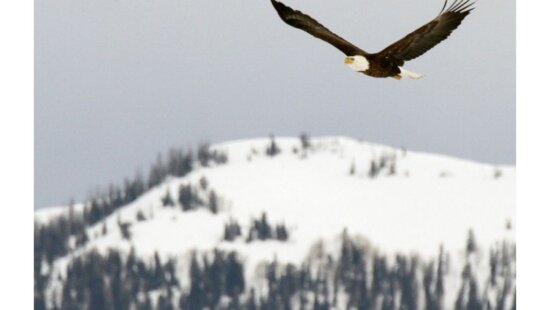Environment
Chronic Wasting Disease remains a concern for Utah 2022 deer season

Harvested deer at CWD check station Photo: Courtesy of Utah Division of Wildlife Resources
UTAH — Chronic Wasting Disease (CWD) has wreaked havoc on deer populations for multiple years in the U.S. The Utah Division of Wildlife Resources (UDWR) continues taking the disease seriously by operating several check stations across the state this fall to test harvested animals for CWD. UDWR is asking all hunters to have their harvested deer checked at one of the stations.
“We take the presence of CWD in Utah seriously and will continue to do extensive monitoring to stay on top of the disease and its prevalence in the state,” DWR State Wildlife Veterinarian Ginger Stout said.
Although there are no reported cases of transmission of CWD to humans, studies by the Centers for Disease Control and Prevention (CDC) have found that non-human primates such as monkeys can be affected if they eat meat from an infected animal or come into contact with fluids from the brain or body. They recommend that humans not consume any animal that tested positive for CWD.
Since 2002 when the first harvested deer was found to have the disease near Vernal, 158 mule deer and three elk have tested positive in Utah. The disease isn’t widespread in Utah, as it is only known to be found in six hunting units within the state and primarily in a few counties in northeastern, central, and southeastern Utah.
CWD is caused by a protein particle called a prion attaching to the brain and spine. The same protein causes Mad Cow Disease. Animals that become infected develop brain lesions, become emaciated, are visually lethargic, and have droopy ears. The disease also may cause the infected to salivate excessively. The animal will eventually die as there is no known treatment for the disease.
Urine, feces, and saliva may also contain prions allowing the disease to transfer from direct contact with an infected animal or indirectly from contaminated areas. Even carcasses can contaminate the soil and continue for years as prions are resilient, allowing them to remain even as the corpse decays.
“We ask that hunters stop at our check stations if they have harvested a deer within the sampling units to help us with our monitoring of CWD in Utah,” said Stout.
To sample for CWD, hunters must provide at least six inches of the neck and windpipe attached below the jaw. UDWR will then remove the lymph nodes from the animal to test for the disease. For areas with no check station, hunters can bring the head of the harvested animal to the Utah Veterinary Diagnostic Lab in Logan or Spanish Fork. There is a $25 fee for the test, and the animal must be older than one year to be eligible for testing.
A complete list of check stations, their location, and the date and time of being open are found on the UDWR website. Appointments can also be made at most of the sites.
UDWR suggests that if you have any additional questions, contact your local division office.


















